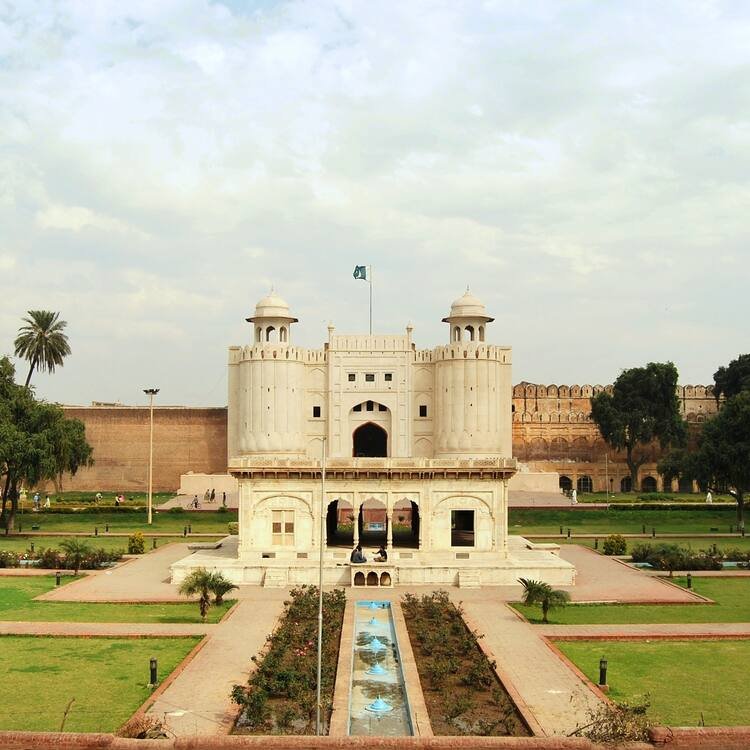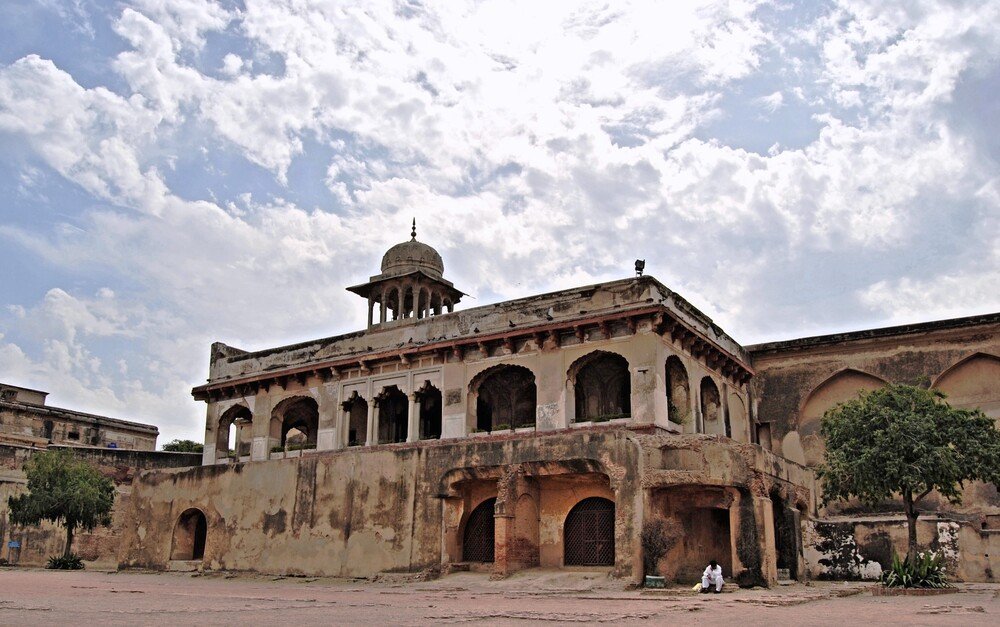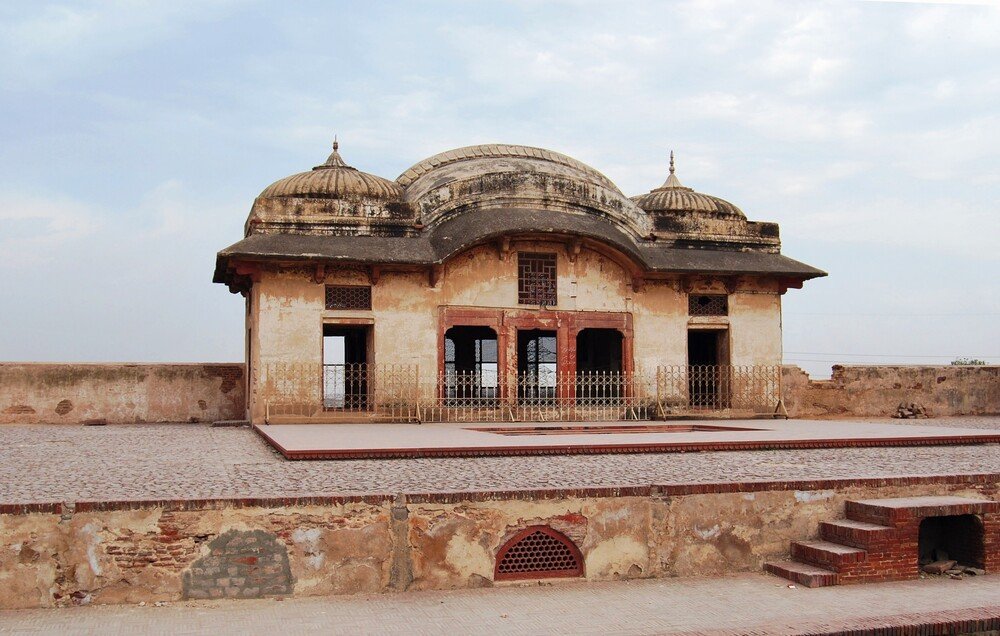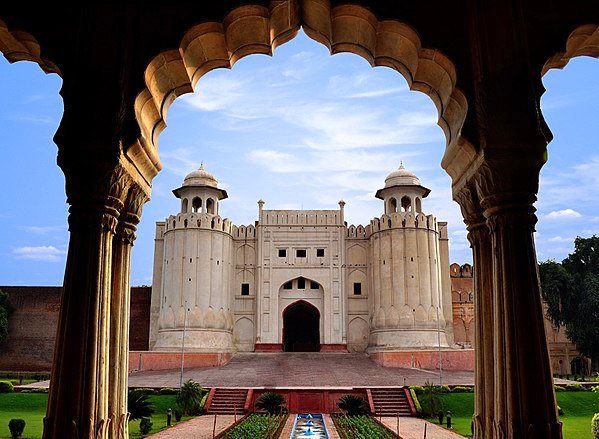Climb into the very heart of Lahore’s Historical Treasure-stroll down memory lane, where charms were tried and tested, namely the Lahore Fort and the Shalamar Gardens. It speaks volumes not only for grand Mughal architecture but also of glorious yesteryear Lahore in the same breath. Buckle yourself for the cosmic ride as one threads through these architectural marvels and their importance through the times!
- Presentation: Introduction and Historic Importance of Lahore
Since its very birth, Lahore had been drowned in history right at the very heart of the sub-continent’s cultural and political contours. Thus, successive empires rose one after another only to fall thereby leaving their marks of footprints on the undying beauty of this city. So, the Indus Valley Civilization is a starting point for the historic importance of Lahore up to the Mughal Empire.

- Presentation Briefs on Lahore Fort
2.1. The Early Beginnings
Shahi Qila or Lahore Fort ranks amongst the oldest-ever-existent forts that exist in the heart of the city, namely Lahore. The structure, in its present shape, goes back to the 11th century and was essentially Mughal in character. It has silently witnessed all ups and downs of transfers of powers which have taken place in this subcontinent.
2.2. Moghul Influence
These monumental works were executed by Akbar the Great himself, the Mughal Emperor. Much extension and renovation in fact took place in the late 16th century when it came to be representative of a grand fort-from the aspect of a military stronghold to a royal residence-by Akbar himself.
- Architectural Wonders of Lahore Fort
3.1. Sheesh Mahal
Of all beauties that go to make the Lahore Fort, most certainly the most interesting is the Sheesh Mahal or the Palace of Mirrors. Internally beautified with glasswork and mosaics of mirrors, this really is the real epitome of style and opulence in Mughal craftsmanship.
3.2. Alamgiri Gate
Alamgiri Gate or Lal or Red Gate took shape under the orders of Emperor Aurangzeb. The other imposing structure of grand entrance within this fort is the Alamgiri Gate. The grand entrance with its huge arch and intricate calligraphic inscriptions reveals characteristics relevant to the imposing structure of Mughal architecture .
3.3 Diwan-e-Aam and Diwan-e-Khas
It contained, most eminently, the Public Audience Hall or Diwane-i-Aam and the Hall of Private Audience or Diwane-i-Khas built in as parts almost imperative in the Mughal Empire to be administered and ruled. Both these were built in such a way that they would reflect not only the strength of the emperor but also his benignity.

- The Shalimar Gardens: Mughal Oasis
4.1. Origin and Construction
It was built in the mid-17th century by Emperor Shah Jahan and is representative of Mughal landscape architecture. Basically, it was a kingly pleasure garden and what it meant was affording relief from tedium at life in the court.
4.2. Architectural Design
These Shalamar Gardens comprise three terraces, each brilliant compared to the rest. The design is quite typical of the Mughal ones: watercourses intermingling with fountains and greenery.
4.3. Symbolism and Aesthetics
These gardens are as much a feast to the eyes as a symbol representing the earthly heaven of the Mughals. The highly wrought-out walks, flora, and water bring an effect in surroundings that is cool and enchanted.
- Restoration and Preservation Efforts
5.1. The Lahore Fort
That Lahore Fort had been restored from time to time for many centuries, while it was damaged in several invasions and wars, but its restoration always kept its Mughal touch. It was declared a World Heritage Site by UNESCO, which marks its historical importance and related obligations for preservation.
5.2. The Shalimar Gardens
Apart from that, several more restoration treatments were given to the Shalimar Gardens; among them, one was conservation of the structure by preserving it with some new modern technique. Continuously they get tourists from the whole world just to see their eternal beauty.
- Cultural Impact and Significance
6.1. Role of Lahore Fort in the Local Culture
It epitomizes the highly historic entity of Lahore and its cultural identity. Besides, it stands as the epicenter of exuberance in the city’s culture and in historical recreations so as to actually relive it for the generations forthcoming.
6.2. Shalamar Gardens as Cultural Icon

These Shalimar Gardens became famous not due to architectural wonder only but also for the cultural reasons associated with them. They host different cultural events and festivals which celebrate the continuous judgment of Mughal art and architecture.
- Lahore Fort and Shalimar Gardens Visit
7.1. Practical Information
These historical sites involve much planning if a person is to visit them. One such site is the Lahore Fort and Shalamar Gardens. Both such sites are open to the public, and guided tours of such nature are available so that you get the maximum out of a visit. Do not forget to take note of the opening time and any entry requirements to be fulfilled, if any, prior to getting there.
7.2. Tourist information
These are amongst those attractions that find their perfect actualization when it comes to guided tours. The guides shall come in handy to make them understand much of the history behind such sites. Of course, comfortable shoes and a camera to capture such beauty of the historical wonders.
7 Conclusion
Indeed, it was steeped in history, architectural genius, and great cultural importance-from historic relics to living proofs of the Mughal Empire. Indeed, these indistinguishable features form a part of heritage constituting Lahore, and any visit to these places means viewing the pageant of bygone times. Thus, they give an opportunity to every visitor to enjoy the beauty of Mughal art and architecture in perpetual motion.




